1. Introduction
In order to achieve the national strategic goals of peaking carbon emissions by 2030 and achieving carbon neutrality by 2060, the electricity-energy-ecosystem is undergoing significant transformation, presenting new opportunities for the development of new energy generation technologies [1]. With the widespread adoption of renewable energy sources, such as solar and wind energy, microgrids, as shown in Figure 1, have begun to play a prominent role as small-scale power systems. Research on microgrid technology is one of the hotspots in the field of distributed energy systems. However, in microgrids, due to the interaction between the power network and renewable energy sources, islanding events may occur, where the microgrid operates independently from the main grid. Therefore, researching control strategies for microgrid islanding operation is of paramount importance. A microgrid is a holistic system composed of distributed energy sources, energy storage devices, power electronic components, loads, and control systems, capable of both grid-connected and islanded operation [2]. The core of a microgrid lies in its control strategies, which determine the allocation and management of energy resources. These control strategies not only impact its performance and efficiency but also directly influence the system’s stability. Furthermore, due to the variability and unpredictability of renewable energy sources, microgrid control strategies must exhibit a high degree of adaptability and flexibility to ensure reliable operation under various conditions.
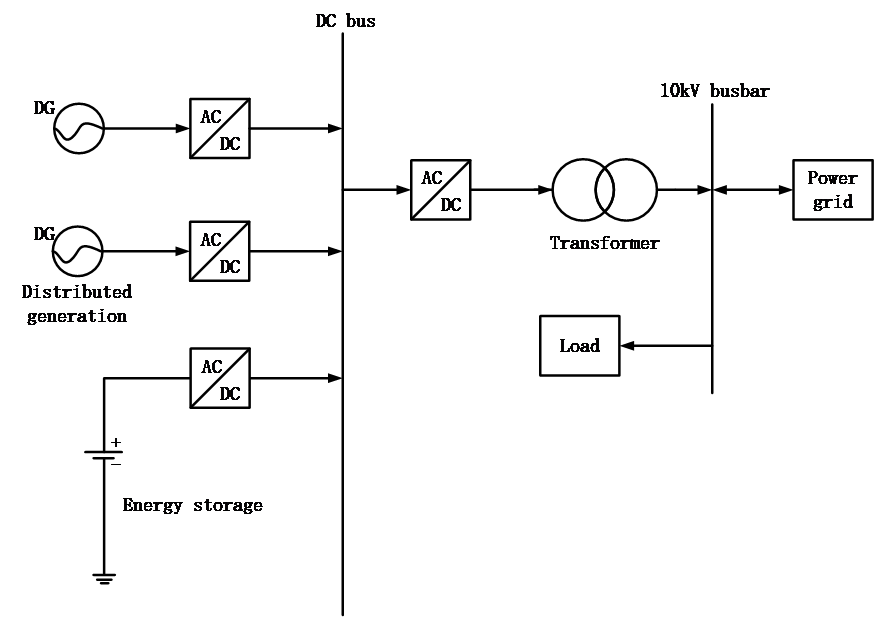
Figure 1. Configuration of microgrid [2].
Today, the energy landscape is still predominantly dominated by fossil fuels, leading to the overexploitation of finite natural resources and environmental challenges. Moreover, the current energy environment is confronted with the challenges of climate change, as the use of fossil fuels results in significant greenhouse gas emissions. In addition, energy poverty persists in various regions, affecting the quality of life and economic development. The introduction of new energy sources offers a promising solution to address climate change, reduce energy dependence, and mitigate environmental pollution, while also creating economic opportunities and improving energy accessibility [3-6]. New energy sources, such as solar energy, wind energy, and tidal energy, are distinctly different from traditional energy sources in several key aspects, primarily related to their origins, environmental impacts, and technological characteristics. In terms of energy sources, traditional energy primarily derives from underground resources, while new energy sources mainly stem from renewable sources. Concerning environmental impacts, the mining, extraction, and combustion of traditional energy sources often lead to environmental issues, whereas new energy technologies typically generate fewer environmental impacts. Regarding technological characteristics, the production and utilization of traditional energy usually require complex infrastructure, while new energy sources often have lower infrastructure requirements. Microgrids represent a distributed energy system that integrates various energy resources, including new energy sources, into a localized power network to achieve more sustainable and efficient energy management [7-9]. Microgrids typically incorporate new energy systems like solar panels and wind turbines, which convert renewable energy into electricity, thereby enhancing the sustainability of microgrid operations. Furthermore, microgrids can store excess renewable energy as backup power. Microgrids provide a robust platform for the integration, distribution, and management of new energy sources, contributing to the realization of a more sustainable, intelligent, and resilient energy system. Microgrids typically encompass energy resources, energy storage devices, energy management systems, power inverters, electronic devices, and local power loads. Compared to traditional power systems, microgrids are smaller in scale, more sustainable, highly resilient in providing electricity during outages, reduce transmission losses through the use of distributed energy sources, and exhibit higher efficiency with intelligent control systems. The flexibility and sustainability of microgrids make them an effective tool for adapting to future energy demands and enhancing energy efficiency. However, there are also many challenges associated with the operation of microgrids. Stability and reliability issues: The stability and reliability of microgrids can be affected. Since microgrids typically include multiple distributed energy resources and energy storage devices, their operation can be more complex and require more monitoring and management. Improper design or operation can lead to issues when responding to changes in power demand or fluctuations in power loads. Grid interconnection issues: Microgrids can often be interconnected with the main grid, but such interconnection may present technical, regulatory, and economic challenges. Adaptability issues: The performance of microgrids can be influenced by weather conditions, especially the variability of renewable energy sources such as solar and wind energy. It is necessary to ensure that microgrid systems have sufficient adaptability to provide stable power supply under various weather conditions [10].
The aim of this article is to provide an overview of the latest research developments in control strategies for microgrid islanding operation. This will include the classification of control strategies, design principles, and practical applications. The article will focus on the impact of different control strategies on the stability of microgrids and their performance in various application scenarios. Finally, the article will discuss future research directions, including methods to improve control strategies, enhance the adaptability of microgrids, and strengthen the interoperability between microgrids and the main grid.
2. Islanding Effect
The islanding effect refers to a phenomenon in the power system where a certain region or a distributed power source system (such as solar power systems, wind power systems, or microgrids) can continue to operate independently, forming an isolated “electrical island,” when the main grid or distributed power source system experiences a fault or power outage [3-5]. This occurs when a portion of the power system remains operational during an outage and does not rely on the main grid for power supply. Typically, the islanding effect is achieved through intelligent control systems, which can monitor the status of the main grid and automatically switch to islanding mode when a main grid fault or power outage is detected. This helps maintain the continuity of power supply and ensures the operation of critical facilities and services.
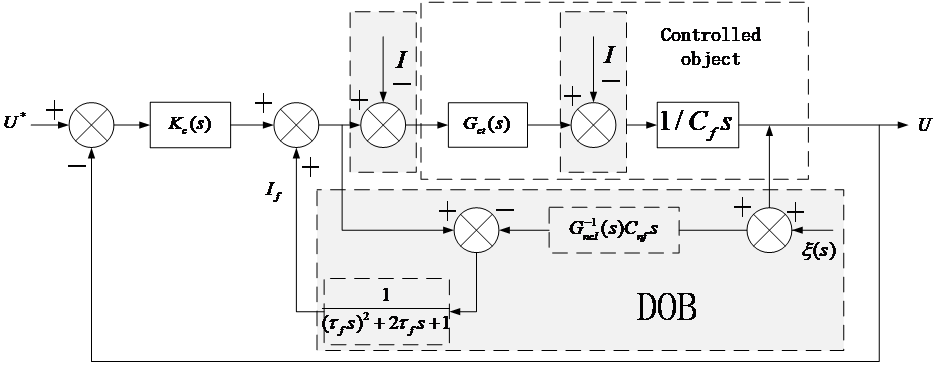
Figure 2. Load Current Feedback [3]
3. Control Strategy Based on Disturbance-Observation-Based Technique
3.1. Microgrid Islanding Operation in Single Energy Storage System Operating Scenario
To address the islanding operation issues of microgrids in a single energy storage system (ESC) operating scenario, a load current feedforward control method based on Disturbance-Observation-Based (DOB) technique was proposed [3], as shown in Figure 2. This control method aims to improve the electrical energy quality of the load. The proposed control method not only reduces the steady-state tracking error of ESC output voltage, enabling ESC to track the commanded voltage under various load conditions, but also enhances the transient performance of ESC output voltage. It effectively suppresses voltage fluctuations caused by sudden load changes, improving the recovery speed of voltage fluctuations. This control method ensures the stable operation of ESC even when circuit parameters are perturbed.
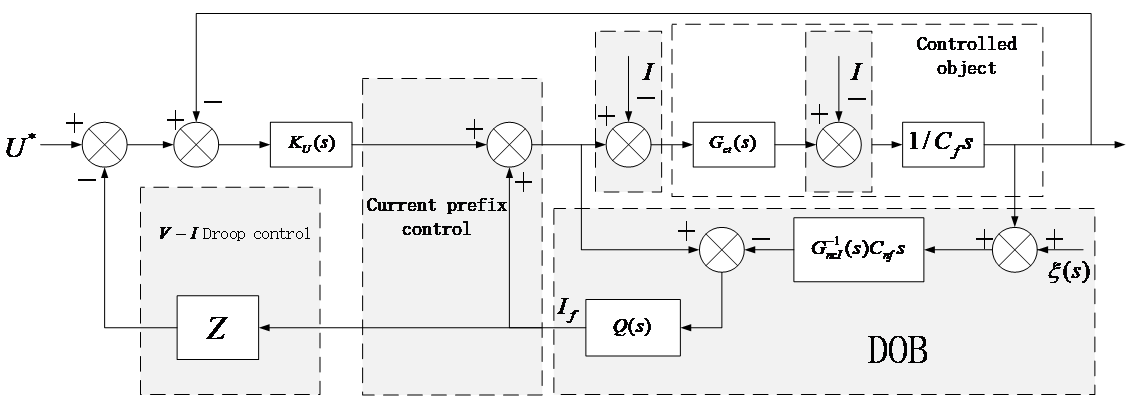
Figure 3. Voltage-Current droop control [3]
3.2. Microgrid Islanding Operation in Multi- Energy Storage System Operating Scenario
To address the islanding operation issues of microgrids in multi-ESC operating scenarios, as shown in Figure 3, a Voltage-Current (V-I) droop control method based on DOB technique was proposed [3]. This V-I droop strategy aims to enhance the performance of parallel-connected ESCs. The proposed V-I droop control strategy eliminates the output impedance of ESC through DOB-based current feedforward control and reconstructs the equivalent impedance based on DOB’s virtual impedance approach. This control strategy can achieve precise allocation of active and reactive power under various conditions, including ESC connection, load switching, changes in current allocation ratios, and ESC shutdown. Moreover, the shutdown of any ESC does not affect the normal operation of other ESCs, ensuring a high level of system reliability.
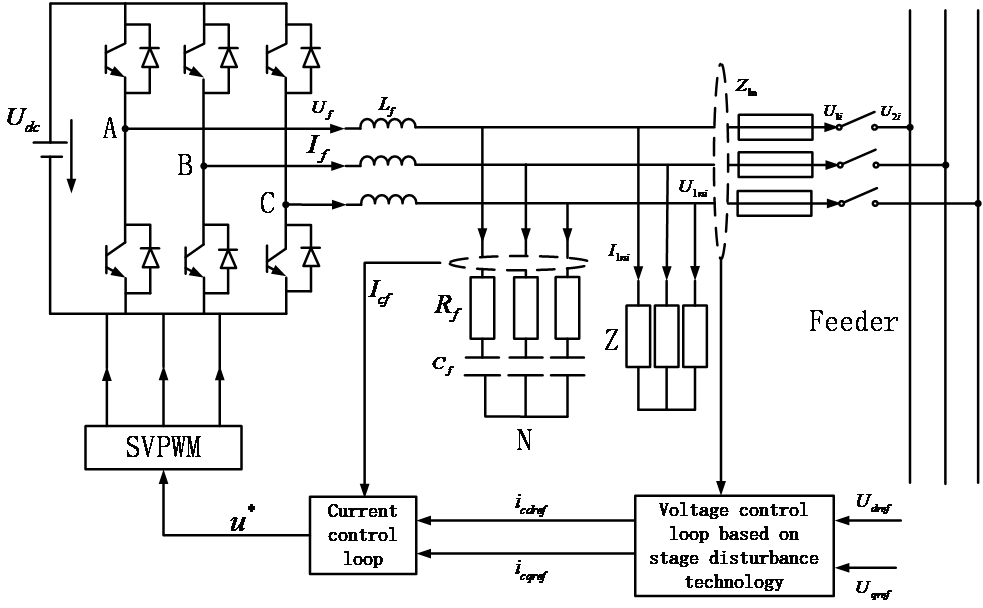
Figure 4. Structure of V/f controller based on active disturbance rejection [6]
3.3. Application of Disturbance-Observation-Based Control Technique to Microgrid V/f Control Strategy
In [6], the DOB control technique was applied to the V/f control strategy of microgrids, as shown in Figure 4. This implementation achieved seamless adjustment of frequency and voltage magnitude in microgrids operating in islanded master-slave mode, as well as balanced power control within the microgrid. It maintained a constant microgrid frequency, voltage magnitude, and power balance, ensuring the stable operation of the microgrid.
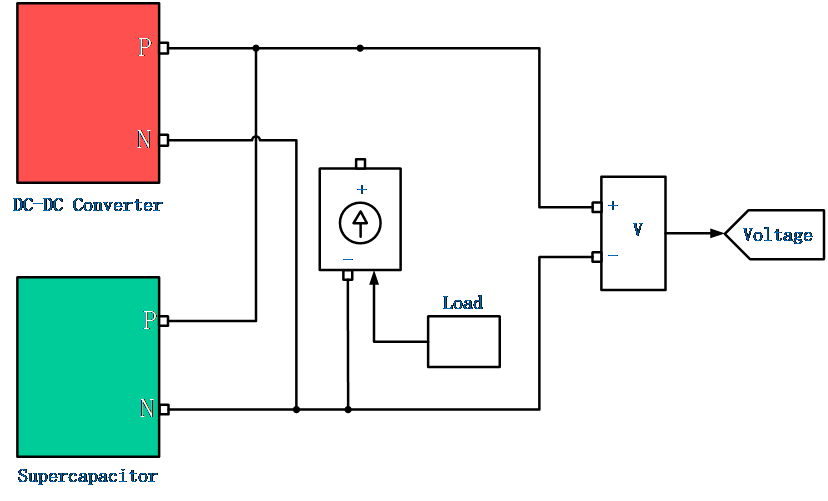
Figure 5. Control Scheme of voltage-current dual-loop energy storage system [4]
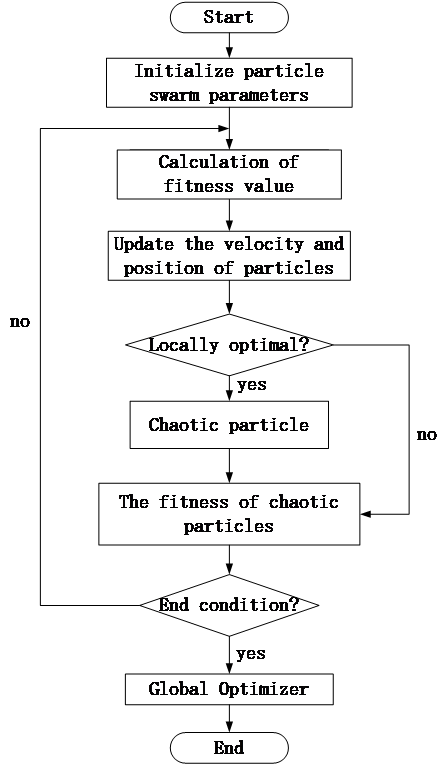
Figure 6. Improved particle swarm algorithm [5]
4. Energy-Based Control Strategies
4.1. Control Strategy for DC Microgrid Islanding Operation Based on Hybrid Energy Storage
To address the issues of voltage fluctuations in the microgrid bus and decreased performance of the energy storage system during islanded operation, [4] developed a control strategy for islanded DC microgrids based on hybrid energy storage, as shown in Figure 5. The control strategy employs a dual-loop control method for voltage and current in the energy storage system, with power allocation carried out using DC-DC converters. Lithium batteries are used to compensate for low-frequency power components, while supercapacitors compensate for high-frequency power components, as illustrated in the figure below. This approach maintains bus voltage stability, which is beneficial for the smooth operation of the microgrid.
4.2. Peak Shaving and Valley Filling Control Strategy for Battery Energy Storage Systems
In [5], an analysis of battery energy storage systems (BESS) was conducted, comparing the advantages and disadvantages of constant power control strategies and constant parameter power deviation control strategies. An improved particle swarm algorithm, as shown in Figure 6, was applied to optimize the constant parameter power deviation control strategy, resulting in the following benefits: a smoother power load curve, improved peak shaving and valley filling effects, and the elimination of overcharging and over-discharging issues in the BESS.
4.3. Novel Hybrid Energy Storage Strategy
In [8], a dual-loop control strategy with a master-slave structure is introduced. As shown in Figure 7, The master-loop structure mitigates rapid power fluctuations on the DC bus, stabilizing bus voltage. The slave-loop structure maintains the residual energy of supercapacitors within a constant range, thus ensuring the stability of their terminal voltage.
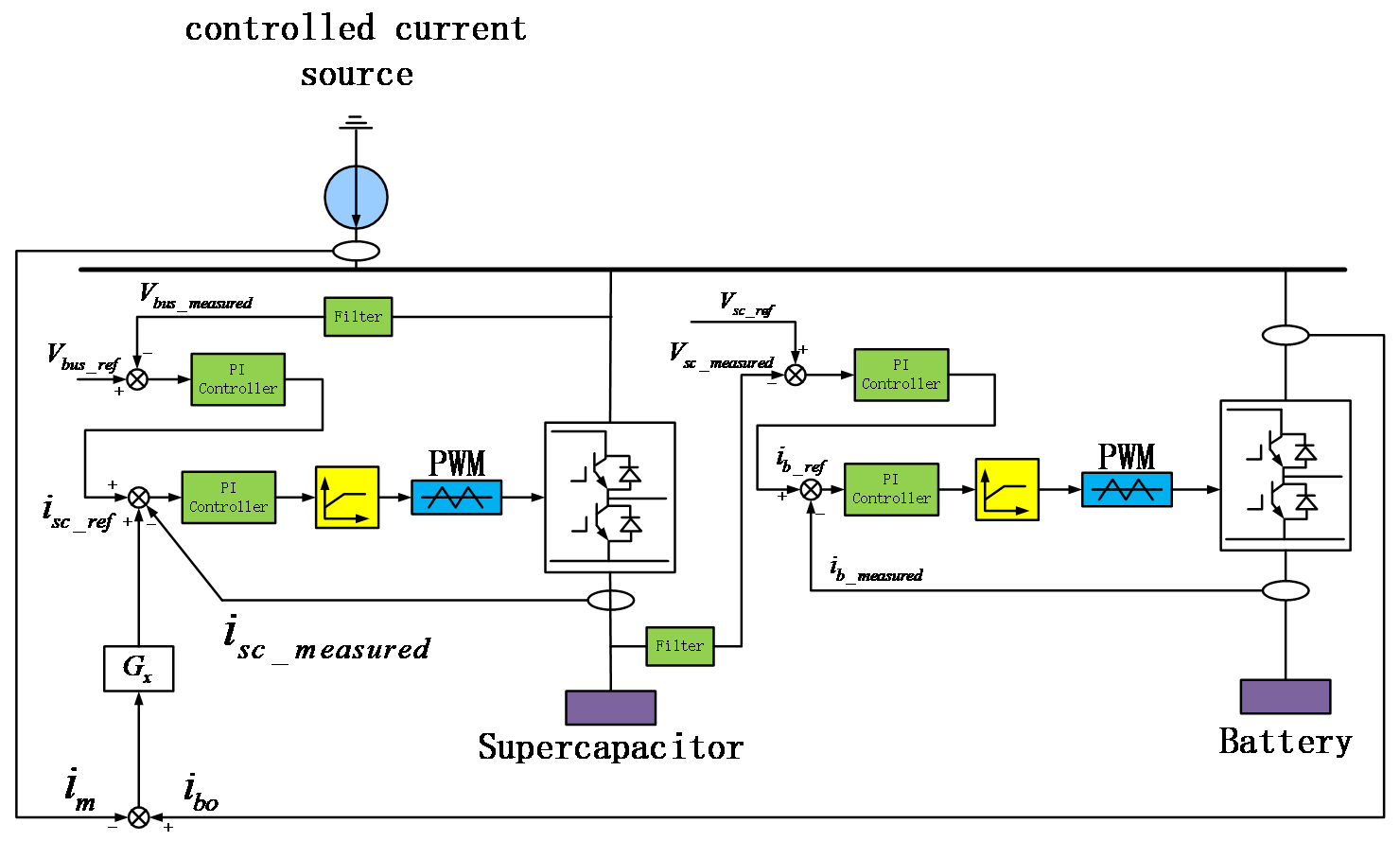
Figure 7. Master-slave dual-loop control strategy diagram [8]
5. Energy-Based Control Strategies
5.1. Coordinated Frequency Control Strategy for Interconnected Microgrids
In [7], a method was developed to establish a power calculation model for interconnected microgrid controllers, as shown in Figure 8. Based on this model, a coordinated frequency control strategy for interconnected microgrids, using back-to-back converters, was proposed. This strategy achieves the following: (1) By coordinating power exchange between microgrids, it maintains the stability of the frequency in each microgrid. (2) Coordinated control effectively mitigates frequency fluctuations and reduces the impact on microgrid frequencies when islanding events occur.
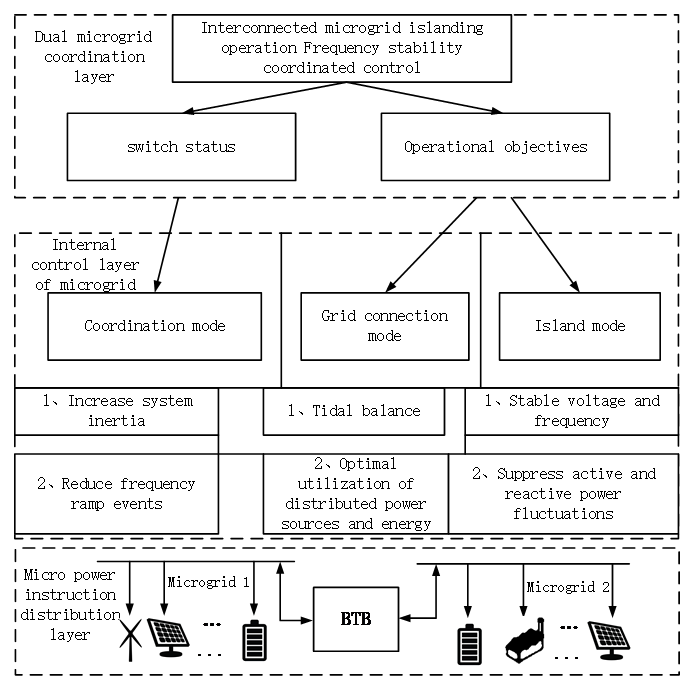
Figure 8. Interconnected microgrid logic control diagram [7]
The above has summarized three different approaches: control strategies based on DOB techniques, control strategies based on energy storage, and control strategies for interconnected microgrids. Among these, the control strategies based on DOB techniques exhibit robust disturbance-rejection capabilities, which can lead to improved power quality and reduced maintenance requirements and risks of system interruptions. However, DOB techniques come with a significant computational load, especially in large-scale microgrid systems. Control strategies based on energy storage are highly reliable, enabling microgrids to continue functioning normally during main grid faults or power outages, while also reducing carbon emissions through the use of renewable energy sources. However, they may entail higher maintenance costs. Coordinated control strategies for interconnected microgrids can enhance microgrid reliability. Nevertheless, these strategies depend on communication systems, which can impact system stability. Furthermore, a reliable system is necessary to ensure stable operations.
6. Future Development Directions
The future development directions included:
• Smart Microgrid Management Systems: Develop more advanced microgrid management systems that utilize cutting-edge artificial intelligence and machine learning algorithms to monitor, control, and optimize microgrid operations in real-time. These systems can make real-time decisions based on energy demand and available resources, thereby improving energy allocation efficiency.
• Multi-Energy Integration: Research how to better integrate various energy resources such as solar power, wind energy, energy storage systems, and micro-gas generators to enhance the energy diversity and reliability of microgrids. This may include optimizing energy conversion, storage, and transmission technologies.
• Renewable Energy Integration: In the future, microgrid islanding operations will integrate renewable energy sources, such as solar and wind power, more effectively. This will help improve the utilization of renewable energy, reduce carbon emissions, and address the challenges of climate change.
• Increased Energy Storage: With advancements in battery technology and decreasing costs, microgrids will more widely adopt energy storage systems to enhance the reliability and continuous power supply during islanding operations.
• Smart Control and Automation: Future microgrids will become more intelligent, leveraging advanced control systems and automation technologies to monitor and manage power supply, thereby enhancing system efficiency and responsiveness.
• Market Opportunities: As microgrid technology matures, more business and market opportunities will emerge. Enterprises and institutions can provide reliable power supply by establishing microgrid systems and also participate in power markets and energy trading.
• Enhancing Energy Reliability: Microgrid islanding operations are expected to play a critical role in evolving power infrastructure by improving energy reliability and reducing the impact of power outages on daily life and work.
• Emergency and Disaster Recovery: Microgrid systems will play a crucial role in providing reliable emergency power supply during natural disasters and emergencies, helping mitigate the impact of disasters.
7. Conclusion
This article provides a comprehensive overview of control strategies for microgrid islanding operation, covering their classification, design principles, and their impact on microgrid stability. It summarizes three main approaches to microgrid control strategies: those based on Disturbance-Observation-Based techniques, energy storage, and interconnected microgrid strategies. The strengths and weaknesses of each of these approaches are highlighted, emphasizing their unique characteristics. Furthermore, the article concludes by summarizing the achievements and prospects for the future development of microgrids, outlining five key directions for further development. Microgrids serve as a foundational basis for future research and advancements in the field.
References
[1]. Chen Sheng, Wei Zhinong, Gu Wei, et al. Energy System Transformation and Revolution under Carbon Neutrality Goals: Multi-Energy Synergy Technology. Electric Power Automation Equipment, 2021, 41(9): 3-12.
[2]. Lu Zongxiang, Wang Caixia, Min Yong, et al. A Review of Microgrid Research. Electric Power System Automation, 2007, 31(19): 100-107.
[3]. Cao Wenyuan. Research on AC Microgrid Mode Switching and Island Operation Control Strategies. 2022. North China Electric Power University (Beijing), PhD dissertation.
[4]. Qiu Lipei, Gu Wanxuan, Guo Yun. Research on Islanded Operation Control Strategy for DC Microgrid Based on Hybrid Energy Storage. Journal of Chinese and Foreign Energy, 2023, 28(03): 90-94.
[5]. Wang Jin. Research on Peak Shaving and Valley Filling Optimization Control Strategy of Battery Energy Storage System in Islanded Microgrid Operation. Hubei University of Technology, 2022.
[6]. Zhu Hao, Huang Qiping, Liu Xinbin, et al. Research on Voltage/Frequency Control Strategy for Islanded Operation of Microgrid. Rural Electrification, 2021(09): 64-68.
[7]. Cui Jia, Yang Junyou, Ge Weichun, et al. Coordinated Control Strategy for Frequency Stability in Interconnected Microgrid Islanded Operation. Power System Technology, 2019, 43(08): 2901-2909.
[8]. Yu Haiwei. Research on Control Strategy for Hybrid Energy Storage System in Islanded Microgrid Operation. Chongqing University, 2019.
[9]. Yang Xinfa, Su Jian, Lu Zhipeng, et al Overview on micro- grid technology [J] Proceedings of the CSEE, 2014,34(1):57-70.
[10]. Ji Yang, Ai Qian, Xie Da. Research on co-developmental trend of distributed generation and smart grid [J]. Power System Technology, 2010,34(12):15-23
Cite this article
Wang,B. (2024). Recent advances on control strategies for microgrid islanding operation. Applied and Computational Engineering,62,225-233.
Data availability
The datasets used and/or analyzed during the current study will be available from the authors upon reasonable request.
Disclaimer/Publisher's Note
The statements, opinions and data contained in all publications are solely those of the individual author(s) and contributor(s) and not of EWA Publishing and/or the editor(s). EWA Publishing and/or the editor(s) disclaim responsibility for any injury to people or property resulting from any ideas, methods, instructions or products referred to in the content.
About volume
Volume title: Proceedings of the 2nd International Conference on Mechatronics and Smart Systems
© 2024 by the author(s). Licensee EWA Publishing, Oxford, UK. This article is an open access article distributed under the terms and
conditions of the Creative Commons Attribution (CC BY) license. Authors who
publish this series agree to the following terms:
1. Authors retain copyright and grant the series right of first publication with the work simultaneously licensed under a Creative Commons
Attribution License that allows others to share the work with an acknowledgment of the work's authorship and initial publication in this
series.
2. Authors are able to enter into separate, additional contractual arrangements for the non-exclusive distribution of the series's published
version of the work (e.g., post it to an institutional repository or publish it in a book), with an acknowledgment of its initial
publication in this series.
3. Authors are permitted and encouraged to post their work online (e.g., in institutional repositories or on their website) prior to and
during the submission process, as it can lead to productive exchanges, as well as earlier and greater citation of published work (See
Open access policy for details).
References
[1]. Chen Sheng, Wei Zhinong, Gu Wei, et al. Energy System Transformation and Revolution under Carbon Neutrality Goals: Multi-Energy Synergy Technology. Electric Power Automation Equipment, 2021, 41(9): 3-12.
[2]. Lu Zongxiang, Wang Caixia, Min Yong, et al. A Review of Microgrid Research. Electric Power System Automation, 2007, 31(19): 100-107.
[3]. Cao Wenyuan. Research on AC Microgrid Mode Switching and Island Operation Control Strategies. 2022. North China Electric Power University (Beijing), PhD dissertation.
[4]. Qiu Lipei, Gu Wanxuan, Guo Yun. Research on Islanded Operation Control Strategy for DC Microgrid Based on Hybrid Energy Storage. Journal of Chinese and Foreign Energy, 2023, 28(03): 90-94.
[5]. Wang Jin. Research on Peak Shaving and Valley Filling Optimization Control Strategy of Battery Energy Storage System in Islanded Microgrid Operation. Hubei University of Technology, 2022.
[6]. Zhu Hao, Huang Qiping, Liu Xinbin, et al. Research on Voltage/Frequency Control Strategy for Islanded Operation of Microgrid. Rural Electrification, 2021(09): 64-68.
[7]. Cui Jia, Yang Junyou, Ge Weichun, et al. Coordinated Control Strategy for Frequency Stability in Interconnected Microgrid Islanded Operation. Power System Technology, 2019, 43(08): 2901-2909.
[8]. Yu Haiwei. Research on Control Strategy for Hybrid Energy Storage System in Islanded Microgrid Operation. Chongqing University, 2019.
[9]. Yang Xinfa, Su Jian, Lu Zhipeng, et al Overview on micro- grid technology [J] Proceedings of the CSEE, 2014,34(1):57-70.
[10]. Ji Yang, Ai Qian, Xie Da. Research on co-developmental trend of distributed generation and smart grid [J]. Power System Technology, 2010,34(12):15-23









